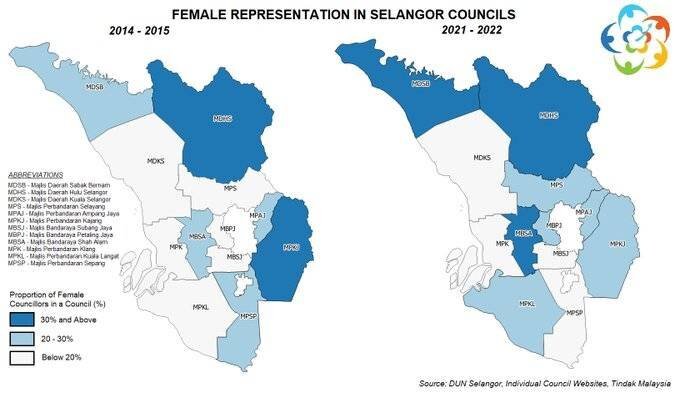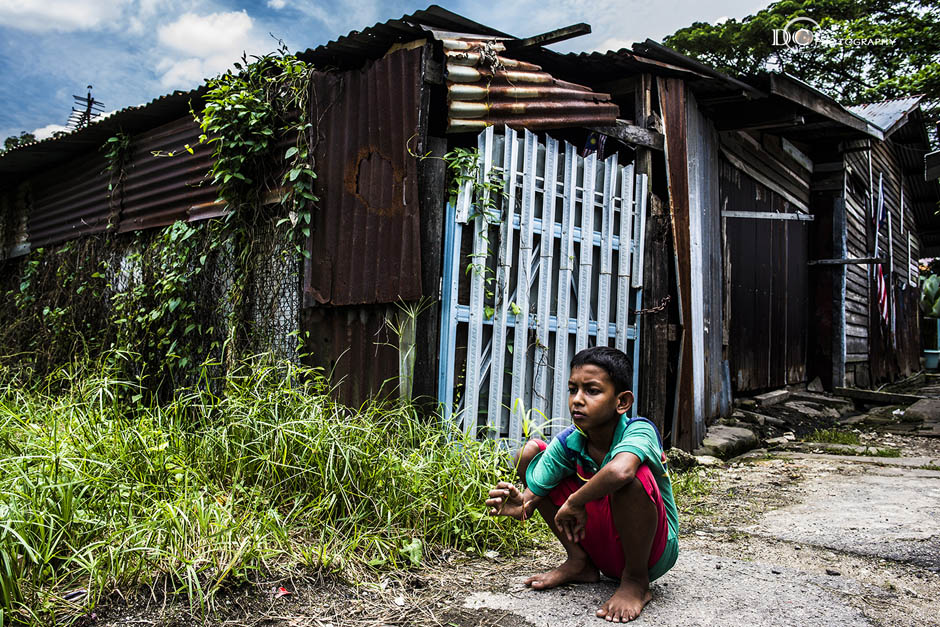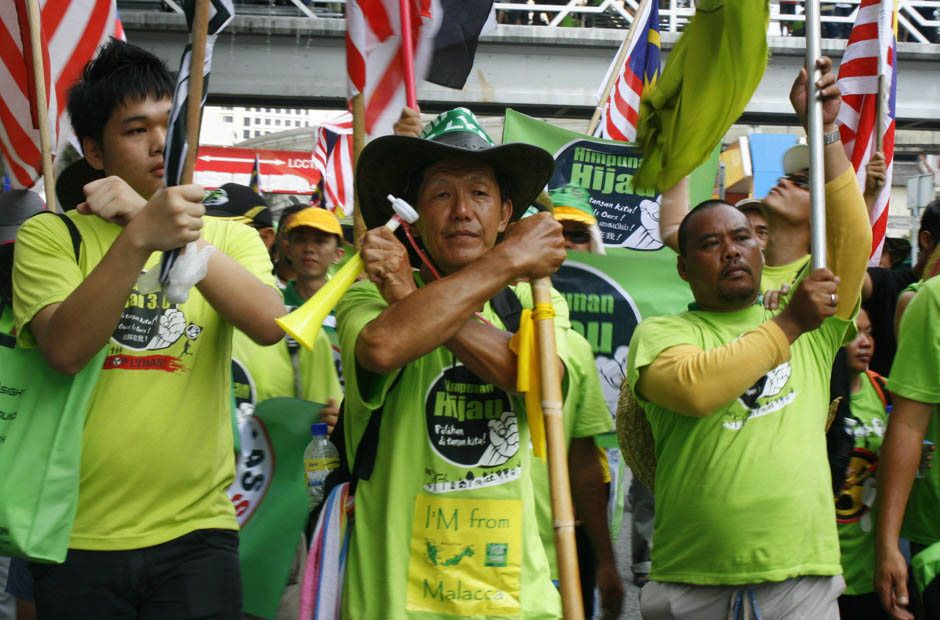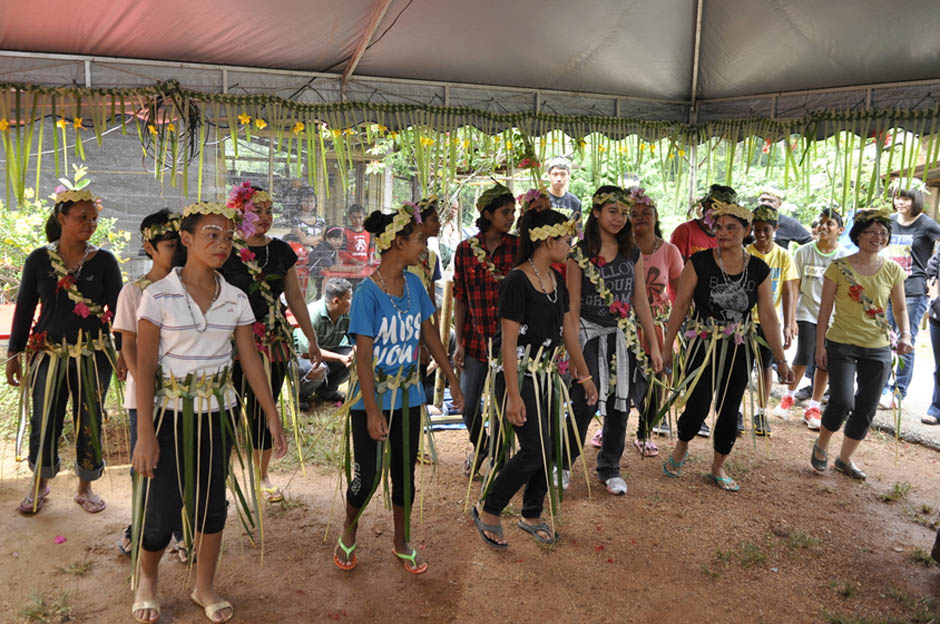| FINANCING WOMEN REPRESENTATION |
 |
 |
 |
| Thursday, 08 April 2021 09:23 |
|
FINANCING WOMEN REPRESENTATION: THE MIDDLE WAY FORWARD TO STRENGTHEN WOMEN PRESENCE IN POLITICS DANESH PRAKASH CHACKO, FORK YOW LEONG & WAN YUE GONG
Recently, the issue regarding the gross underrepresentation of women in Parliament and the state legislative assemblies (DUN) came to light when Datuk Zuraida Kamaruddin planned to propose to the Election Commission (EC) to allocate 30% of parliamentary seats to be assigned for women. Similarly, she called for 30% women representation for state legislative assemblies, local governments and any leadership or decision-making positions. From this call, we need to deliberate this proposal in detail. Currently, EC has no power to change the seat allocations for the Parliament, let alone to impose reserved seats for women. Hence, Datuk Zuraida’s proposal to EC is a redundant exercise. Moreover, Datuk Zuraida’s proposal is an attempt to address the serious issue of low women representation in Malaysian politics. Hence, there are multiple ways that we can explore how to increase women representation, other than the concept of reserved seats. The gross underrepresentation of women in politics in Malaysia is nothing new as Datuk Zuraida has added that after GE14, we only had 33 women representatives or 14.86% of the total number of members of parliament (MPs) in the country. Hence, we need to analyse what are the factors deterring women representation, the reasons to increase women representatives and the methods to strengthen women representation. We propose the middle way forward to increase women representation – seat based public funding of political parties who produce winnable women candidates. Factors deterring Stronger Women Representation in Malaysian PoliticsAccording to the Department of Statistics, Malaysia, women constitutes 48.3% of Malaysian population of 32.5 million (2019). Using Malaysia Gender Gap Index (MGGI), the gender gap identifier between men and women in four sub-indices, women’s achievement outshined men in the educational attainment with a score at 1.053 (where a score of 1.0 indicates equality between men and women). However, we recorded the lowest MGGI score (score of 0.108) when it comes to women political empowerment rate and this shows women lags behind men in political position. Hence, we need to examine the reasons that underpin this political gap. There are various factors which had deterred the increase in women representation in politics. We must acknowledge that the toxic culture of Malaysian Parliament has created a deterrence for women representation. Women politicians have been subjected to harassment, name-calling, and the use of bad and toxic language by male parliamentarians towards to their women counterparts. One can refer to the disgraceful incident when Baling MP uttered racist remarks towards Kasthuri Patto of Batu Kawan. Such remarks constitute unaddressed sexism and gender inequality issues in the Parliament. Moreover, women representatives not only bear the responsibility of serving the constituents, but also shouldering the weight of domestic responsibility (i.e., childcare) at the same time. Through our conversation with the ADUN YB Chin Li Ee, female ADUNs of Johor are not given facilities or allowance for childcare. Lack of such facilities can deter women from considering political involvement. After the change of federal government, the Parliament finally took steps to institute childcare centres for female parliamentarians. Furthermore, we should accept that our First Past the Post (FPTP) electoral system serves as a deterrent for women representation. Under the FPTP system in Malaysia, constituencies are divided among the various component political parties. The component parties can only field a limited number of candidates and this will exclude most women candidates. Most of male incumbent candidates are also reluctant to give up their seat to a woman candidate. With a combination of a patriarchal society and present FPTP system, political parties tend to field candidates who are winnable or widely accepted and these candidates are primarily men. Moreover, even if a political party were to adopt a voluntary quota of 30% women candidates, FPTP cannot guarantee 30% women representation. This is because women candidates are not assured of electoral victory, especially if the seats were to experience close fights. Why increase Women Representation in Politics?While elections are fundamentally a contest of ideas, personalities, and parties, we must not miss the sight of the advantages of an increased women representation in elected legislatures. An increased women representation in the political scene is the necessary antidote to the toxic race and religious discourse in the country. A greater women representation in politics will result more diverse views being aired in the halls of Parliament and DUNs. This can lay the foundations for a fairer and more harmonious society for all Malaysians. Furthermore, female politicians can serve as role models for having greater women representation in all other domains and industries which creates a balance growth for the nation. Finally, as a party to UN Convention on the Elimination of All Forms of Discrimination Against Women (CEDAW) and Beijing Platform for Action, Malaysia should attain 30% women representation in Parliament by 2030. While it is important to acknowledge the target of 30% that has been laid, we argue the discourse of stronger women representation should transcends the mere attainment of minimum 30% target. Hence, the solution that we advocate for is able to meet 30% goal and more importantly, is centered for a long-term implementation. Which way forward?There are multiple options to increase women representation for Malaysia. There are three major options to be explored: 1. Changing the Electoral System 2. Quotas 3. Seat based direct public funding of political parties. Changing the Electoral SystemAs mentioned before, our FPTP system is no friend to the cause of women representation in Malaysia. The countries that have the highest women representations in the world have an electoral system with some element of List Proportional Representation (List PR). When an electoral system has a List PR in it, political parties have more room to appoint women candidates and more opportunity is accorded to voters to choose more women candidates. Using a Closed List PR (CLPR), each political party is required to present a list of candidates to the voters. Political parties both choose and rank the candidates and once the list is finalized for election, the candidate list cannot be tampered by parties or voters. Voters vote for the party or the list, not for individual candidates. Within this realm, a political party can voluntarily adopt a zipper style candidate list (i.e., woman-man-woman-man order). If Malaysia has a CLPR to complement our FPTP, we can have nationwide or statewide multimember constituency for the CLPR elections. Since parties receive seats based on vote share and the zipper list is implemented, the CLPR will greatly boost women representation in Malaysia. We advocate the Mixed Member Proportional (MMP) electoral system as the electoral platform (for longer term) to increase women representatives in legislative halls. However, we do acknowledge that electoral system change requires a more substantive discussion, and it may not be the immediate platform to address the political underrepresentation of women.
QuotasThere are three general categories for quota system – reserved seats, legislated quotas & voluntary quotas. Firstly, reserved seats are specified number of seats that will be allocated for certain politically underrepresented communities such as women. Datuk Zuraida’s proposal falls under this category. Secondly, legislated candidate quotas are constitutional or electoral enforced requirements for candidacy. The legislated quota can mandate a zipper or ranking order for the candidate list to enhance women representation. Top Up Women Only Additional Seats (TWOAS), that is being explored in Penang, is a hybrid approach of reserved seats (for women only) and potential legislated quota (for specific women backgrounds). Voluntary Quota exists when a political party opts for internal gender quota for candidacy list. We must acknowledge that gender quotas are highly effective tools to increase women representation for any given country. A combination of Closed List PR and gender quota is an assured path to attain 30% women representation goal. However, we must examine the reservations or criticisms of the adoption of quota concept. Among the main criticisms of the 30% gender quota are that it is against the principle of equal opportunity. Moreover, it is generally viewed as being undemocratic since it will create the perception that women must always be given preference over men. Hence, Datuk Zuraida’s proposal of reserved seats will create more opposition from male politicians as the number of available seats for men are reduced. Other problem with the imposition of gender quotas is the argument that women politicians will only be elected because of their gender and it is not based on merits and qualifications. Quotas treat the symptoms of poor women representation in Malaysia, not addressing the root causes. Furthermore, the success of legislated quotas or similar measures rests on enforcement. Unfortunately, Malaysia has performed poorly in enforcing 30% women representation requirement especially in local councils. This issue transpired in the state of Selangor. In 2013, Selangor government instructed its local councils to institute a minimum 30% women representation among local councillors starting from 2014. For the 2014 – 2015 councillor term, only two out of 12 local councils met the 30% target. Even though Selangor State are the ones who appoint the local councillors, surprisingly the state government failed to follow through its commitment. This is because the room was given for political parties to determine the number of women candidates.
In 2020, women’s wing of ruling Pakatan Harapan (PH) of Selangor welcomed the Menteri Besar’s call to implement 30% women councillors representation. Moreover, the women’s wing of PH was ready to meet the 30% target for 2021-2022 councillor terms. Despite this, only three councils out of 12 in Selangor met the 30% target for 2021-2022 term. In short, the failure to follow through a simple policy guideline has done disservice to women’s representation in Selangor. Tindak Malaysia is of the strong opinion that legislated gender quotas and reserved seats are not the answer or an antidote to poor women representation in Malaysia. Hence, this leads to the discussion of a long term and viable solution for this issue.
Seat based direct Public Funding of Political PartiesTindak Malaysia is of the view that public funding of political parties who field winnable women candidates is the middle way forward for the women’s political cause. We refer to this path as recommended in BERSIH 2.0’s report on public funding for parties. BERSIH in its study, has proposed RM10 million public funding (out of the wider public funding for parties) to be annually allocated to increase women representation. This is known as the seat-based direct public funding which means that public funding will the given on a proportionate basis to any political party based on the number of female MPs that each political party has. In simple terms, the more female based representatives that a party has, the more public funding the party receives on annual basis. This incentive-based approach is viable because it does not only encourage political parties in Malaysia to nominate more women candidates, but it also will be an incentive to political parties to nominate more women representatives in winnable seats during elections. Hence, this translates parties treating women candidates seriously. Moreover, small parties will receive the benefit by nominating winnable women candidates. Among three approaches, the public funding approach is the most viable and has a long-term view to address the issue. This proposal can be implemented immediately without the difficulty of constitutional amendments. Hence, it is a faster approach compared to waiting for constitutional changes to host quotas or electoral system change. Furthermore, this approach can be used to complement and strengthen other measures to increase women representation. Either with the retention of existing FPTP or adoption of new electoral system (preferred option), public funding approach can incentivize more parties to adopt own measures to increase women representation. Public funding can foster greater training capacity for parties to groom future women leaders. This in turn will reduce or nullify any arguments about the quality of women candidates. Finally, the public funding approach ensures women candidates are elected based on their merits and respect the essence of elections – the contest between parties, personalities, and ideas. This approach straddles a middle way between voluntary quota (depending on the party’s subjective will) and legislated quotas (requiring enforcement). This approach also can facilitate women representation to go beyond the minimum 30% target.
ConclusionAfter examining the three approaches, we support and advocate the seat-based direct public funding of political parties as recommended by BERSIH. This approach is simpler and faster in terms of implementation, incentivizing cultural change in political parties and also a viable long-term solution for the cause of women representation. This middle way forward overcomes the various challenges faced by the approaches found in electoral system changes and quotas. We call upon all readers to study this approach recommended by BERSIH and create the political will for our Parliament and DUNs to implement this middle way forward. The swift implementation of the seat-based public funding of political parties either at national or state level will signal the necessary shift in our political scene both in composition and discourse. Ultimately, this approach will herald the political transformation that Malaysia sorely needs. DANESH PRAKASH CHACKO is Tindak Malaysia’s director and research analyst at the Jeffrey Sachs Center on Sustainable Development (Sunway University). FORK YOW LEONG and WAN YUE GONG are Tindak Malaysia’s activists
|
| Last Updated on Thursday, 08 April 2021 09:49 |








